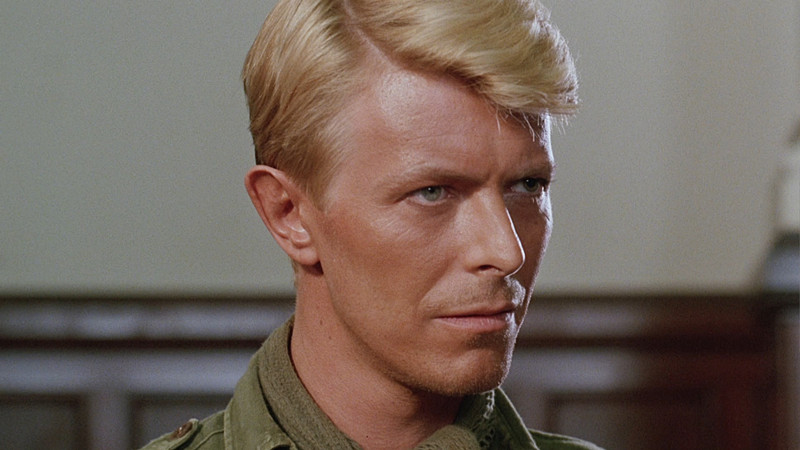
War films not only show us the hell of war, but they also often explore themes such as survival, sacrifice, friendship and alliance, the effects of war on society, the traumas it causes, PTSD, and many other moral, political, and social issues.
Sometimes they’re full of excitement and more heavy on the technical side in a way that they try to impress us with giving us thrills like “Dunkirk”; sometimes we just get to see human dramas like “Platoon,” “The Deer Hunter” and “Casualties of War.” There are also, of course, satirical/comedic approaches to the situations as well. As is obvious from the reception earned from films like “Dunkirk” and “1917,” there are always many more stories to tell and many more other ways to tell them. Some countries even have their own traditional war films that make them stand out in world cinema.
Now, let’s take a look at 10 of the great war films that got overlooked, not discussed enough these days, or used to get good reception but now mostly forgotten. Even if you know them or have seen most of those, they’re worth giving a re-watch anyway.
10. Welcome to Sarajevo (1997)
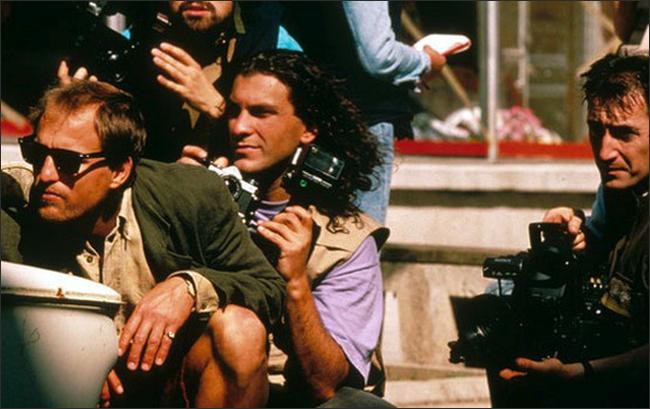
“This cosmopolitan city, a symbol of interfaith cooperation, was cut off from the outside world and became a city under siege.” Based on the tragic events in Bosnia in the ‘90s, the movie follows journalist Flynn from America, Michael Henderson from the U.K., and their teams. The big part of the story focuses on an orphanage run by the devoted Mrs. Savic near the frontline and how they try to bring one of the children into England. It should also be noted that the film was shot just a few months after the war in locations and uses real ruins and war debris to give the film a feeling of authenticity. Some of the scenes were intercut with video footage of the historic events. This could come off like a cheap trick, but the film expertly uses them all in balance that it ends up being powerful.
The film manages to be effective while avoiding sentimentality and it trying to have a documentary-like feeling from time to time doesn’t make it any less compelling; it is touching, sad but also darkly funny at times. The actors are all good and the messages are also clear, but the film also gives a good sense of understanding of journalism in wars. “Welcome to Sarajevo” might not be an easy watch for everyone but it’s a strong, powerful film where you can feel the anger of its filmmakers.
9. Flammen & Citronen (2008)
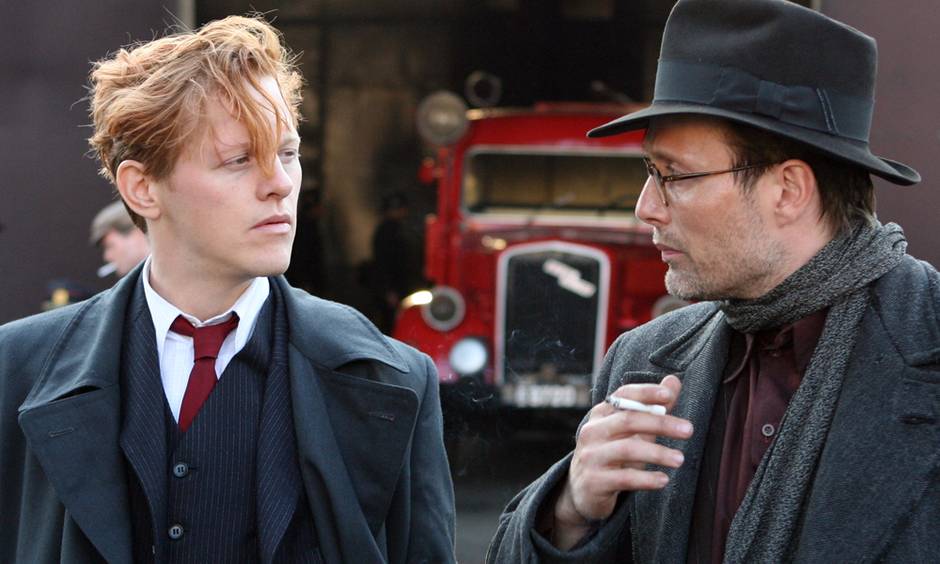
Two members of a Danish resistance group kill compatriots who work as collaborators for the German occupiers, but are not allowed to act against the Nazis due to a standstill agreement. When they realize that their actions are being exploited by their commander, they refuse to obey and liquidate German offenders.
Here is a Danish movie that is chilling and asks hard questions, but is also very stylish and fast-paced. The film was a major hit in Denmark, even became the most-watched film of the year, and that’s great to know because it’s a great film in every way. It has the old-school traditions of filmmaking combined with the more complex sides of storytelling of our modern cinema.
Some comparisons made to Paul Verhoeven’s “Black Book” was inevitable, but both films are great in their own way. As for the international recognition, it got awarded by some critics circles and got strong reviews, but unfortunately the movie didn’t gain popularity across the globe as it should have. Having two-written protagonists is always good, but when they’re played this well by its actors, it becomes something else. Overall, it’s a strong effort from Danish cinema.
8. Regeneration (1997)
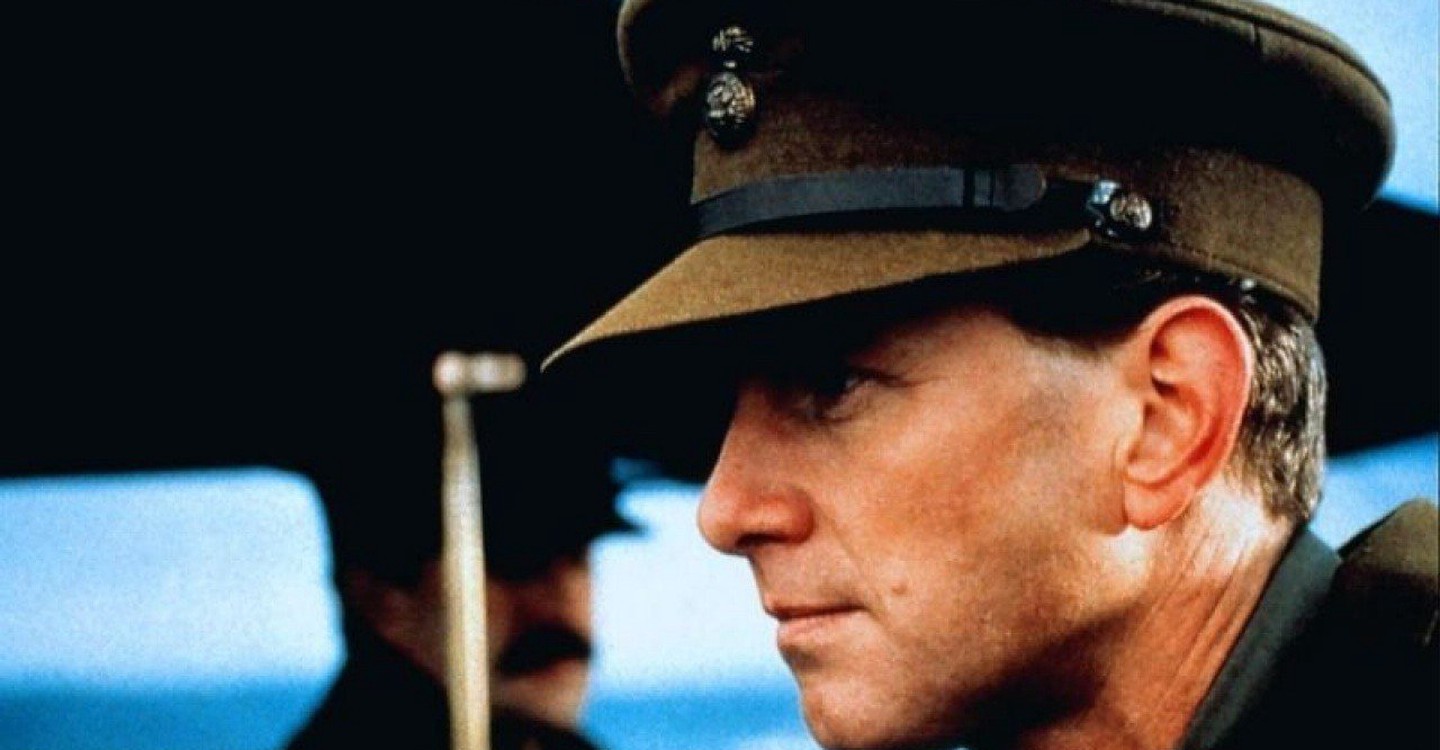
The historical and anti-war novel “Regeneration” by Pat Barker, which was also the first of three novels in the trilogy of novels on World War I, was first published in 1991 to great success. The novel was a Booker Prize nominee and was described by The New York Times as one of the four best novels of the year in its year of publication. Gillies MacKinnon turned the novel into a well-made film in 1997 with Jonathan Pryce, James Wilby and Jonny Lee Miller, but unfortunately, despite its BAFTA nominations, it didn’t get much popularity.
One of those war films that focuses on war’s destruction of men, the movie follows a number of officers of the British Army during World War I who are brought together in Craiglockhart War Hospital where they are treated for various traumas. It has no clear main character and the story carefully focuses on several characters. Released in the U.S. in a 96-minute version under the title “Behind the Lines,” it also appeared on the list of “100 Greatest War Films” voted by the U.K. public in 2005. The film’s use of the poems of Siegfried Sassoon and Wilfred Owen are also very effective. It’s a very thoughtful and touching portrayal of PTSD that shows all the hidden and horrendous effects of emotional scarring.
7. Merry Christmas, Mr. Lawrence (1983)
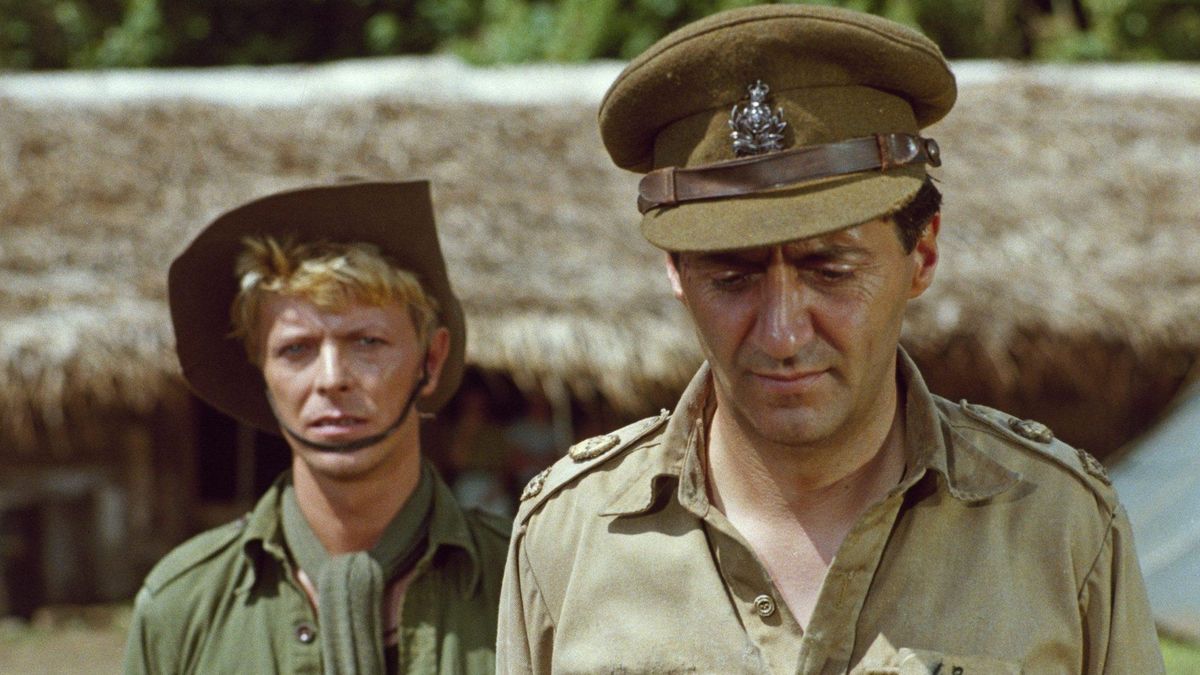
Nagisa Oshima deserved more recognition in general, but his films tend to be not accessible enough for the audiences around the world. “Merry Christmas, Mr. Lawrence” might be his most famous work outside Japan, mainly because of the international stars in the cast. The film was entered into the 1983 Cannes Film Festival in competition for the Palme d’Or, and Ryuichi Skamato’s score is arguably more famous than the film, but on the whole, it’s a rather underrated effort.
The story follows British Major Jack Celliers arriving at a Japanese prison camp run by the strict Captain Yanoi, and the subsequent events. The film explores many themes but mostly the idea of masculinity is probably what Oshima tries to question most, and the script is complex in a way that watching the interactions between characters becomes fascinating. This often moving and striking picture at least has one well-known fan, whose name is Christopher Nolan: “Few films have been able to capture David Bowie’s charisma, but Oshima’s wartime drama seems tailor-made for his talents. Tom Conti has rarely been such a sympathetic guide for the audience’s emotions,” he said while picking this as one of his favorites from the Criterion.
6. Kelly’s Heroes (1970)
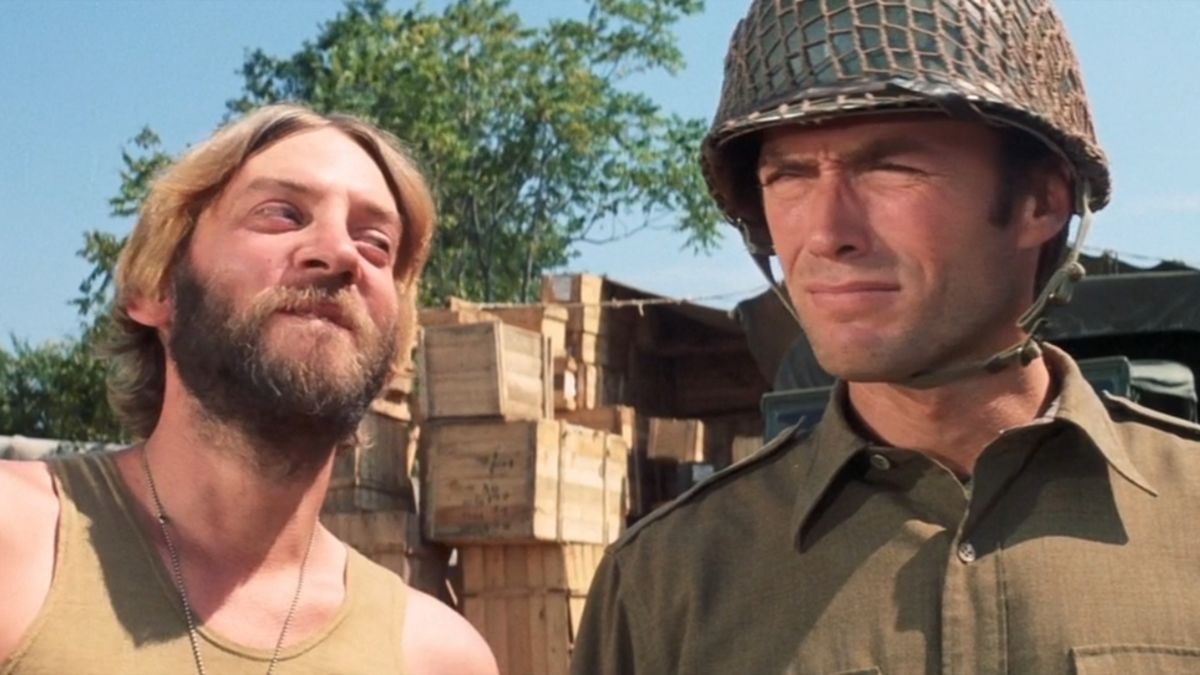
Certain generations of film fans have definitely seen and most probably liked “Kelly’s Heroes,” a successful comedy about a group of World War II American soldiers who go AWOL to rob a bank behind enemy lines; it was also voted as one of the greatest war films of all time by Channel 4, but the time hasn’t been too kind to it as it’s not remembered enough these days.
When Sergeant “Big Joe” and his troop wave a few days’ vacation from the front in World War II, he dreams of spending time with his people at the best place with women and whiskey. Private Kelly, however, puts a spanner in the works. He has come up with the insane idea of breaking through the German front line on his own to capture $16 million worth of gold bars. A crazy venture takes its course. The rest is great: Clint Eastwood is cool, Donald Sutherland is amazing, the camera work is awesome, the script is funny, and the soundtrack is memorable.
Not so many know that it is actually based upon a true incident. The whole caper was covered in a book called “Nazi Gold: The Sensational Story of the World’s Greatest Robbery – and the Greatest Criminal Cover-Up” by Ian Sayer and Douglas Botting. The heist was perpetrated by a combination of renegade Nazi and American officers. It was also listed as the “biggest” robbery ever in the Guinness Book of Records, in the 1960s. Pretty weird that its metascore is not green.